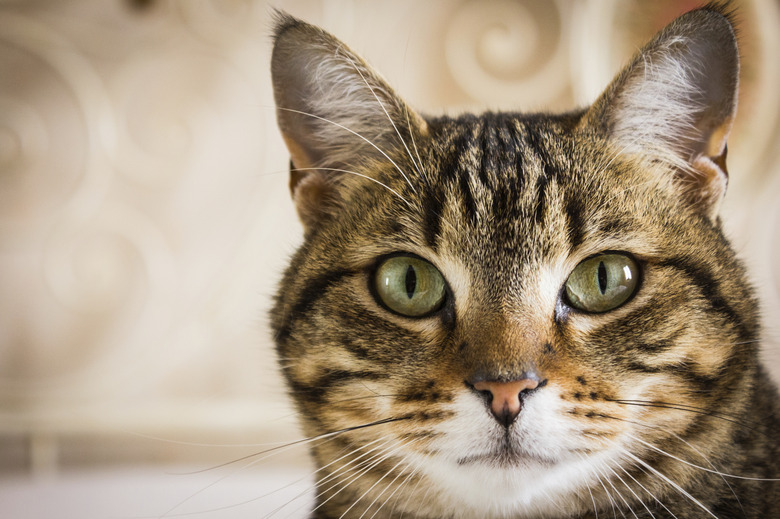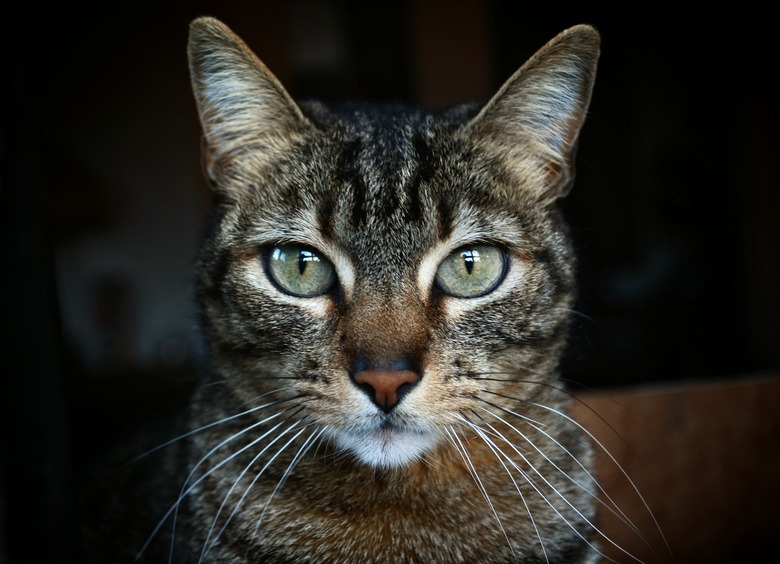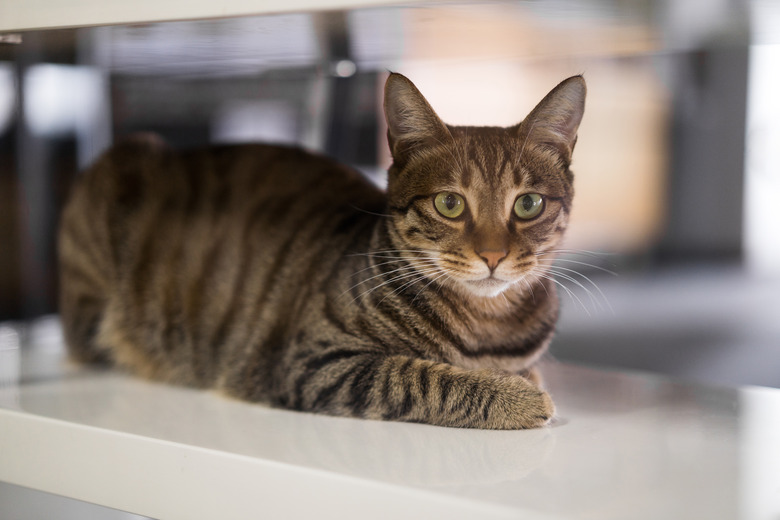Tabby Cat Lifespan: How Long Do Tabby Cats Live?
A tabby is not a breed of cat; tabbies are identified by specific patterns in their coats. These patterns occur in many different breeds along with an "M" marking of hair on the forehead. Each breed has its own estimated life span, but in general, indoor cats can live 12 to 18 years and even well into their 20s.
Tabby cat markings and colors
Tabby cat markings and colors
Tabbies can be any two colors, one lighter and one darker, and together, they make the pattern in the coat appear striped, spotted, blotched, patched, or ticked:
- Striped tabbies have vertical stripes down their bodies.
- Spotted tabbies have dark spots all over.
- Blotched tabbies seem to have a marble-patterned coat, sometimes called the mackerel pattern.
- Patched tabbies have patches of grayish-brown and orange or red in the tabby pattern.
- Ticked tabbies have the darker color on the tip of each hair.
Sometimes, it's hard to see the patterns, especially on ticked tabbies, so look for the telltale "M" marking of hair that all tabbies have on their foreheads. Tabbies come in many colors. To determine a tabby's overall color, look at the markings and the tip of the tail. Note that these are not differences in cat coat types but color patterns. Since tabbies can be a range of different breeds, they can have different types of coats, such as short or long hair that is soft or more coarse.
Tabby cat indoor and outdoor life span
Tabby cat indoor and outdoor life span
Whether a cat is mostly an indoor or outdoor cat has a huge effect on his potential life span. Indoor cats can be expected to live 12 to 18 years or more, but outdoor cats have a life expectancy of four to five years at most. This is due to the many risks and dangers that lurk outside, including being hit by a car. Other dangers are dog attacks; cat fights; predators like foxes, coyotes, alligators or other wild animals; and illnesses that cats can catch from other animals.
Tabby cat temperament
Tabby cat temperament
A tabby cat's temperament depends on the breed, not the tabby pattern. For example, many tabby Abyssinian cats could be expected to be very active, as if they're on a mission, while the American shorthair tabby will likely be even tempered and quiet. The Egyptian Mau tabby is probably quite athletic, the Maine Coon tabby is gentle and easygoing, and the sociable, spotted ocicat won't be the one hiding under the bed when visitors arrive.
Tabby cat health
Tabby cat health
Every cat breed is prone to certain health conditions that might not affect another breed very often. Mixed-breed cats are less likely to have the health issues of either parent and are generally healthier. However, in spite of the genetics your cat inherits, you can have a great deal of influence over your cat's health and longevity by how well you care for your pet.
For example, annual checkups with your vet will ensure your cat has the appropriate vaccines to prevent many illnesses that affect felines, and the vet can also catch problems at an early stage. If you do see that your cat is ill, calling your vet for advice or an appointment can be a lifesaving action. Be proactive and research what plants are poisonous to cats, and if you supplement your cat's diet with people food, know what foods can be toxic to cats.
Scooping litter daily and changing it once or twice a week gives cats a sanitary, comfortable place they can count on. Have a cozy bed just for them, with blankets they can snuggle up to, even if they prefer snuggling up to you most of the time. Baths aren't usually necessary, but brushing their fur at least weekly keeps it from getting matted and dirty. Brushing their teeth helps them keep their teeth so they can eat healthy food when they are senior cats.
Tabby cat nutrition
Tabby cat nutrition
What you feed your tabbies can greatly affect their health. Ask your vet for recommendations for pet food for each stage of your cat's life. Kittens need food that promotes healthy development, creates strong bones, and contains the vitamins and minerals they need for growth. Adult cat food should provide energy and help them stay healthy. All cats need clean, fresh water daily. Then, as they become senior cats at age 11 and beyond, they need senior food that is easy to chew, preferably wet food, and more water to ward off constipation and renal failure.
Tabby cat history
Tabby cat history
Tabby cats' ancestors are the striped and spotted African wildcats, whose patterned coats enabled them to hide among plants and grasses to spring on their prey and escape from their predators. It is believed that the Egyptians were the first to breed cats, and one legend claims that the M on tabbies' foreheads stands for Mau, which means "cat" in ancient Egyptian. Cats have been revered and cherished by many civilizations, and individual countries were enthralled by a particular tabby pattern.


